Everyone fought against everyone else. It wasn’t just Moors against Christians, as is often assumed, but Christian against Christian and Moor against Moor.
The figure of the valiant knight was the foundation for one of the earliest testimonies of Spanish national literature in the form of the “Cantar de mio Cid” (“Song of my Cid”), written around AD 1235. It was inspired by the life of the Castilian nobleman Rodrigo Diaz de Vivar, called “El Cid,” and describes the deeds of an exemplary knight, “who took his sword in the hour of need.”
It is said that El Cid never lost a battle, even in death! He fought for his beliefs and for the freedom of the Iberian Peninsula from the iron grasp of the Moorish invaders in the 11th century. He was the spark that started the Reconquista of Spain from the Moors, which ended with the fall of the Spanish town of Grenada in 1492.
In more recent times, El Cid was the title of the 1960s blockbuster Hollywood movie starring Sophia Loren and Charlton Heston. This is a marvelous cinematic depiction that captures this hero of Spain’s epic tale, from the moment of his first victories against the Moors until his death while defending the city of Valencia.
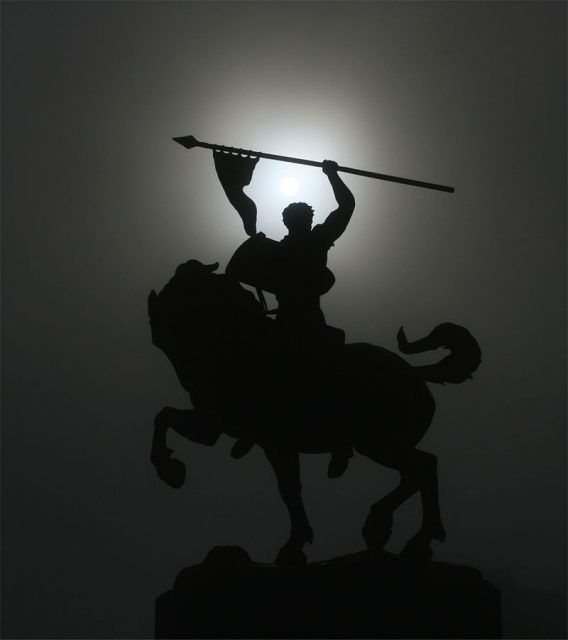
Photo: Brocken Inaglory CC BY-SA 3.0
Throughout his life, Rodrigo Diaz de Vivar achieved immortal glory and honor. He founded a dynasty that was almost on a par with that of a royal family. However, the real historical El Cid was not always as generous and as flawless as literature and songs would want us to believe.
Spain was an unfortunate and torn country by the end of the 11th century. In the north, the Christian kingdoms of Castile, Aragón and Navarra fought against each other. In the south, which was called “al-Andalus” – the Arab emirates of Granada, Toledo, Valencia, Cordoba, and Zaragoza – it was the same.
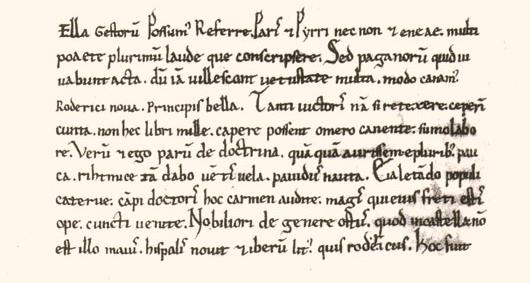
Everyone fought against everyone else. It wasn’t just Moors against Christians, as is often assumed, but Christian against Christian and Moor against Moor.
Rodrigo Diaz de Vivar, the son of Castilian nobility, was born into this ambivalent situation in 1045. He served as a warrior to his king Fernando I, conquered the city of Calahorra, became “Alférez Mayor” (standard bearer) at an early age, and became the first knight of Castile like his father before him.
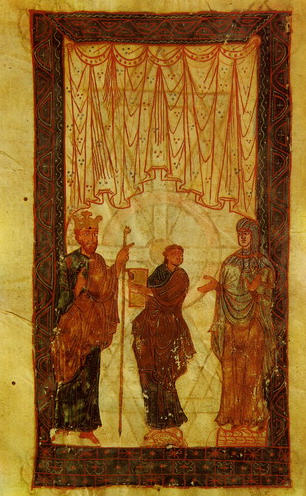
At the beginning of October in the year 1072, something remarkable happened at Castile’s capital of Burgos. Rodrigo Diaz de Vivar, the royal standard-bearer, refused to fulfill his pledge of allegiance to the new King Alfonso VI unless the monarch swore an oath on the Bible three times that he was not involved in the murder of Sancho, his own brother.
Trembling with rage, Alfonso responded to his subject’s humiliating request, but he never forgave the knight for his actions that day. It was the birth of bitter enmity and the legend of El Cid.
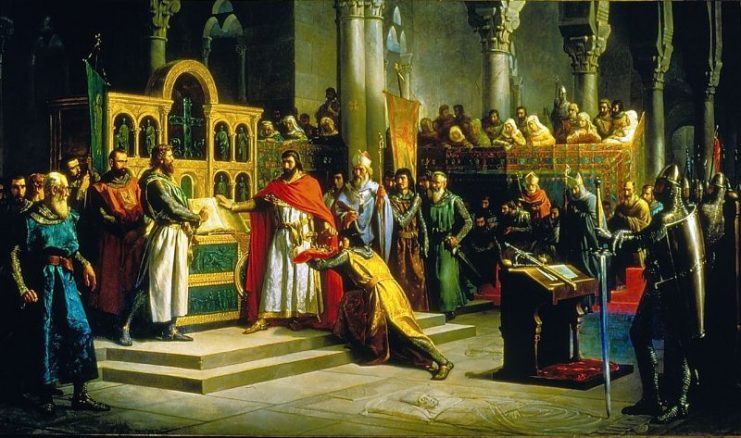
El Cid and Sancho II were close.
Backing up several years: after Fernando I died in 1065, his eldest son Sancho II, a personal friend of Rodrigo, succeeded him. The latter not only fought in countless battles by Sancho’s side but also acted as his legal advisor. Unlike many knights of the time, Rodrigo was able to read and write, and even spoke numerous foreign languages.
His martial glory overshadowed all this. He did not lose a single fight; the Moors respectfully called him “al-Sayyid” (the Lord or Leader), which later became the more famous title of “El Cid.” The Spaniards, however, always spoke of “El Campeador” (the Fighter).
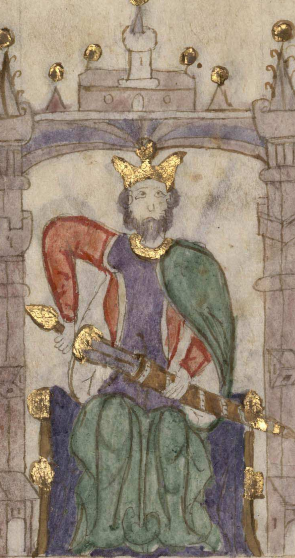
In 1072 King Sancho II was assassinated during the siege of the Fortress of Zamora. Some historical evidence suggests that his ambitious brother, Alfonso, was directly involved in the alleged fratricide, or at the very least knew about the murder plot.
And it was because of this suspicion that El Cid demanded that Alfonso swear on the Bible that he had had no hand in the murder plot. The newly crowned King Alfonso VI bore a deep grudge against the Spanish nobleman ever since that day.
However, at first Alfonso was in no position to harm the popular knight. He even went so far as to allow Rodrigo to marry a distant relative of the royal family, Jimena de Oviedo.
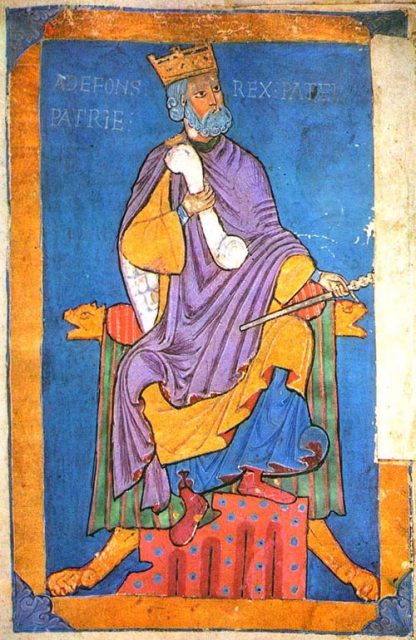
Finally, in the year 1081, King Alfonso VI had his long sought-after excuse to rob his royal standard-bearer of all of his possessions and titles, and ultimately the country of his allegiance. After that, El Cid allegedly swore not to shave until he was pardoned. All he had left were his leadership qualities and the loyalty of his men.
As a free warrior, he formally entered the service of al-Mutamin, Emir of Zaragoza, and joined forces with his general, Minaya Albarfañez, along with several hundred knightly mercenaries. On his white warhorse “Babieca,” El Cid fought Mutamin’s rebellious brother and, if necessary, Christian troops.
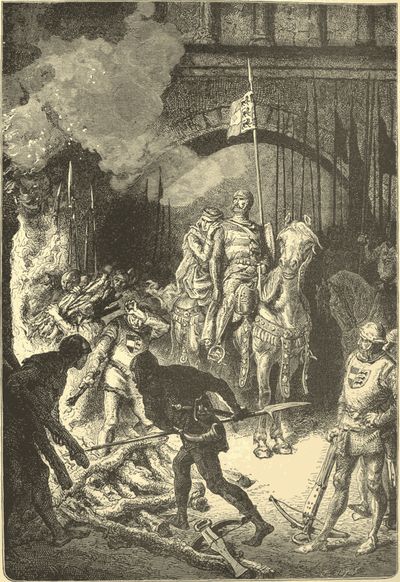
In 1085 a decisive turn came. Castilian knights conquered Toledo, one of the most important cities in Spain. Alarmed by this, the Moorish emirs made a fatal mistake. They requested aid from the North African Almoravids, who were fanatical and tightly organized Islamic religious warriors.
These black-clad Berbers from today’s Morocco were only too happy to accept the invitation. They landed in Spain in 1086 in full force and inflicted a heavy defeat on King Alfonso near Sagrajas.
Only El Cid could defeat the Moors and their leader, Yusuf ibn Tashfin.
The Almoravids soon occupied important strategic bases, disempowered the local rulers, and even threatened the Castilian heartland. Now only El Cid could help.
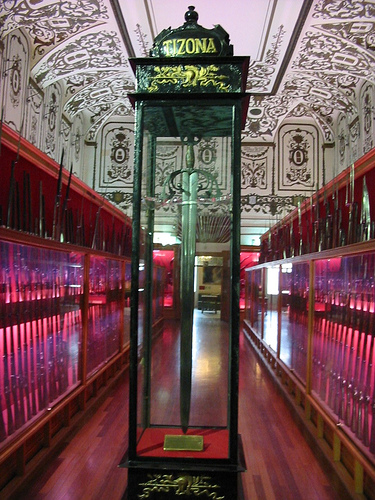
With his armored knights, he beat the numerically superior Almoravids in several battles and captured more than 500 horses. “He killed many Moors, he left few alive, because the persecution went on without ceasing” according to the song “Cantar de mio Cid.”
After the greatest danger was over, Rodrigo decided to wage war on his own accord. He was obsessed with the idea of a united Spain, the fight against the Moors, and Christian cultural supremacy on the Iberian Peninsula. In 1093 he moved his army to the gates of the city of Valencia, which is located on the Mediterranean coast.
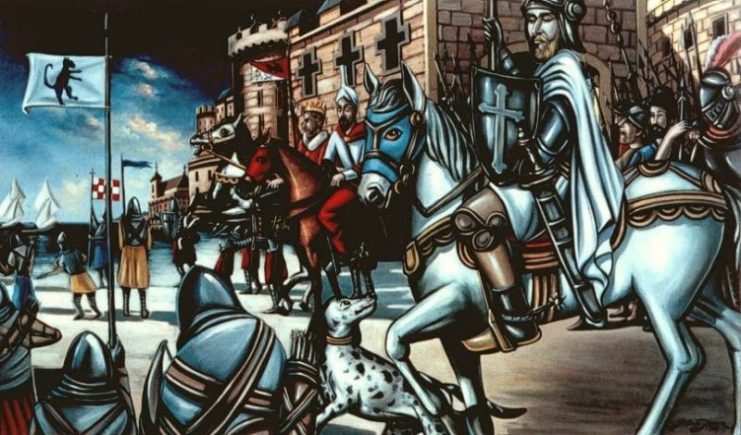
During the ensuing battle, he allegedly struck down Fariz, the Almoravid commander, with his one-meter long broadsword “La Tizona.” The stroke was so powerful that the rubies on the Berber’s helmet jumped out of their sockets, and his entire body from his head to the right hip was split open.
Valencia capitulated in June 1094. Legend claims that El Cid offered the crown of the city to his former master Alfonso of Castile. In reality, he did not think of handing over his precious conquest to a man who had dishonored and expropriated him.
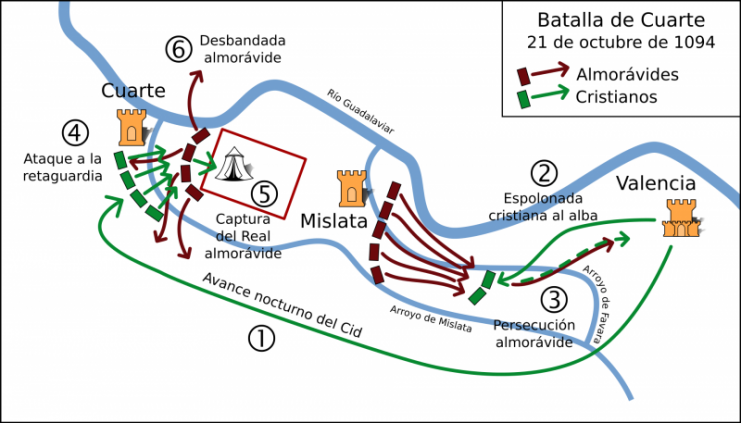
Instead, Rodrigo ruled as the city’s “Lord and Supreme Judge.” He gained very little popularity among the Muslim population there because of his severity and greed.
He created an independent principality for himself, detached from the temporal protection of the King of Castile and the ecclesiastical teaching of the Archbishop of Toledo. He continued to successfully defend the virtually continuously besieged town and repulsed an Almoravid relief army at the Battle of Cuarte.
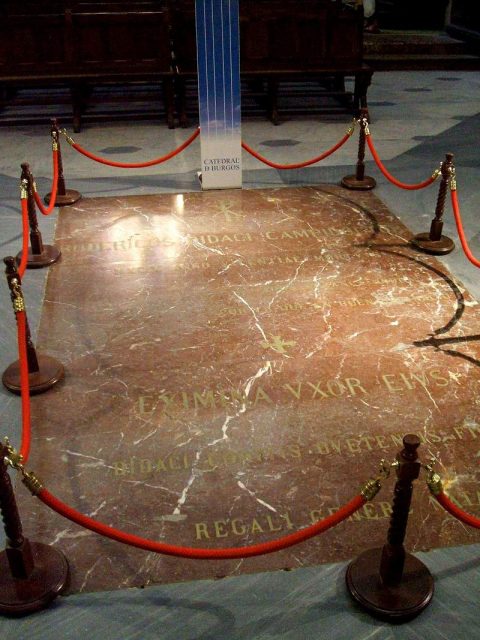
Rodrigo Díaz de Vivar died in July 1099. His death is not attributed to a Moorish arrow wound, as the classic 1961 film starring Charlton Heston suggests. Rather, he died quite unspectacularly in his bed, apparently due to malnourishment caused by the siege.
His wife transferred the mortal remains of El Cid to his native Castile. His body rests in the cathedral of Burgos to this day – but it was not laid to rest before his wife, Jimena, dressed his corpse in full armor and sat him on his horse to face the enemy one last time.
If the legend has some truth, then El Cid’s body inspired his men and led them to victory that one last time – so that even in death, he surpassed living men with his nobility.
